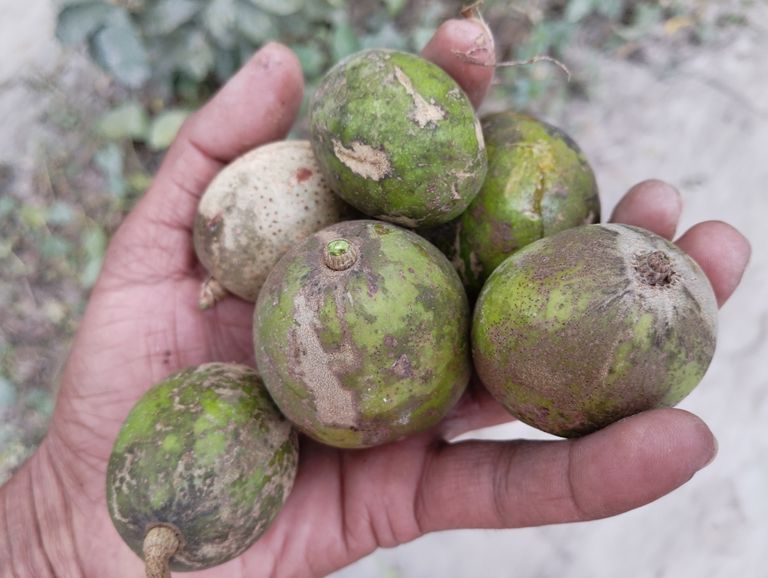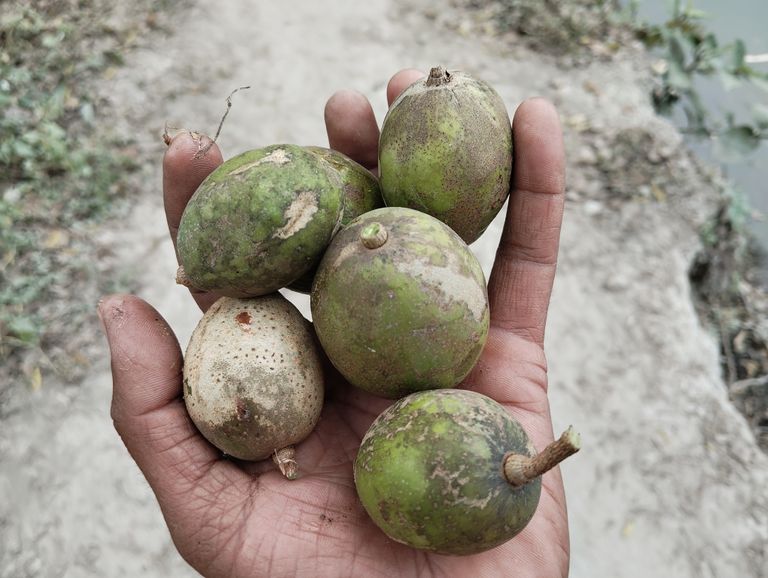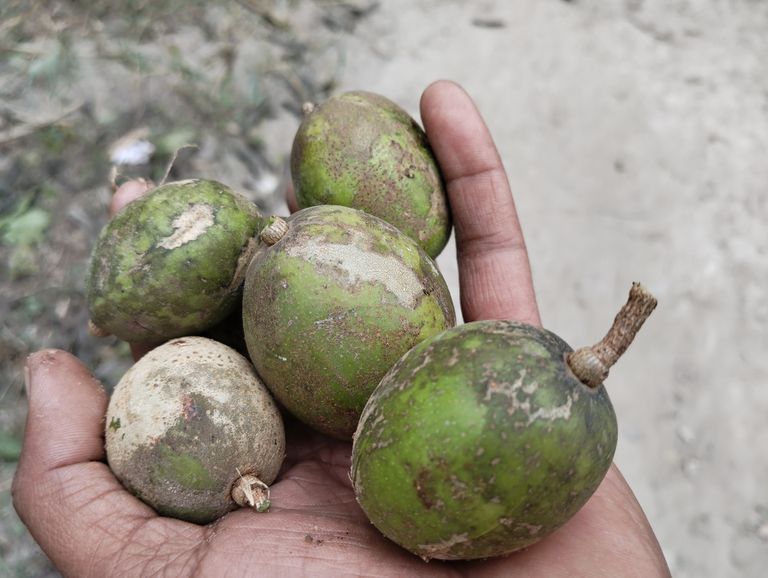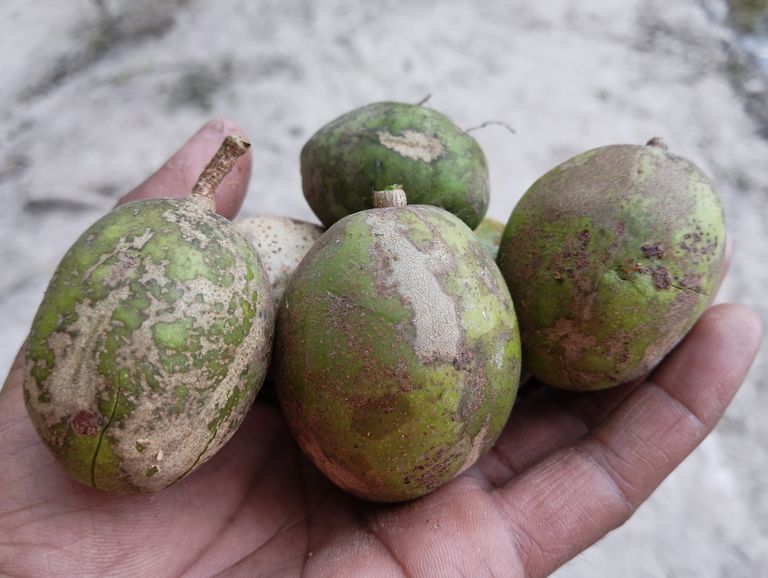
Delicious Homemade Recipes for Every Occasion.
Cooking at home is more than just preparing meals; it’s an art, a way to connect with family, and a creative outlet to experiment with flavors. Whether you're a seasoned chef or a beginner in the kitchen, these recipes will bring delicious aromas and happiness to your table. Let’s dive into some of the most versatile and crowd-pleasing dishes.
Breakfast Recipes
- Fluffy Pancakes
Start your day with light and fluffy pancakes!
Ingredients:
1 cup all-purpose flour
2 tbsp sugar
1 tsp baking powder
1/2 tsp baking soda
1/4 tsp salt
1 egg
3/4 cup milk
2 tbsp melted butter
Steps:
- Combine dry ingredients in a bowl.
- In another bowl, whisk together the egg, milk, and butter. Gradually mix into the dry ingredients.
- Heat a non-stick pan, pour batter to form small circles, and cook until bubbles form. Flip and cook the other side.
- Serve with syrup, butter, or fresh fruits.
- Avocado Toast
Simple yet luxurious, this toast is packed with healthy fats.
Ingredients:
1 ripe avocado
2 slices of whole-grain bread
A pinch of salt and pepper
A dash of olive oil
Optional toppings: cherry tomatoes, poached egg, chili flakes
Steps:
- Mash the avocado with salt, pepper, and olive oil.
- Toast the bread slices.
- Spread the avocado mixture on top and add your favorite toppings.
Lunch Recipes
- Creamy Chicken Alfredo Pasta
This comforting dish is perfect for a hearty lunch.
Ingredients:
250g fettuccine pasta
2 chicken breasts, sliced
2 tbsp butter
2 cloves garlic, minced
1 cup heavy cream
1 cup grated Parmesan cheese
Salt, pepper, and parsley for garnish
Steps:
- Cook the pasta according to package instructions. Drain and set aside.
- Sauté the chicken in butter until golden brown. Remove and set aside.
- In the same pan, sauté garlic, then add cream and Parmesan cheese. Stir until smooth.
- Toss the pasta and chicken into the sauce, season, and garnish.
- Grilled Veggie Wrap
This quick, healthy recipe is packed with nutrients.
Ingredients:
Tortilla wraps
Zucchini, bell peppers, and mushrooms, sliced
2 tbsp olive oil
Hummus or mayonnaise
Salt and pepper
Steps:
- Toss the vegetables in olive oil, salt, and pepper. Grill until charred.
- Spread hummus on the tortilla, layer the veggies, and roll tightly.
Dinner Recipes
- Classic Beef Stew
Perfect for chilly evenings, this stew is a warm hug in a bowl.
Ingredients:
500g beef chunks
2 tbsp flour
3 cups beef broth
2 potatoes, diced
3 carrots, sliced
1 onion, chopped
2 cloves garlic, minced
2 tbsp olive oil
Salt, pepper, thyme
Steps:
- Toss the beef in flour and brown it in olive oil.
- Remove the beef and sauté onion, garlic, carrots, and potatoes.
- Add the beef back, pour in broth, and season. Simmer until the meat is tender.
- Baked Salmon with Lemon and Dill
A light yet flavorful dinner option.
Ingredients:
2 salmon fillets
2 tbsp olive oil
1 lemon, sliced
Fresh dill
Salt and pepper
Steps:
- Preheat the oven to 375°F (190°C).
- Place salmon on a baking sheet, drizzle with olive oil, season, and top with lemon slices and dill.
- Bake for 12-15 minutes.
Desserts
- Chocolate Lava Cake
This indulgent dessert is a treat for any chocolate lover.
Ingredients:
1/2 cup dark chocolate
1/4 cup butter
2 eggs
1/4 cup sugar
2 tbsp all-purpose flour
Steps:
- Melt chocolate and butter together.
- Whisk eggs and sugar until light and fluffy.
- Fold in the chocolate mixture and flour. Pour into greased ramekins.
- Bake at 425°F (220°C) for 10 minutes.
- Fruit Parfait
A refreshing and light dessert.
Ingredients:
1 cup Greek yogurt
1/2 cup granola
1 cup mixed berries
Steps:
- Layer yogurt, granola, and berries in a glass.
- Repeat the layers and serve chilled.
Tips for Better Cooking
Use Fresh Ingredients: Fresh produce always enhances flavor.
Taste as You Go: Adjust seasoning as needed.
Don’t Rush: Allow dishes like stews to simmer for deeper flavors.
Experiment: Try substituting or adding ingredients to personalize recipes.
Cooking is all about creativity and passion. These recipes are just the beginning of your culinary journey. Try them out, and remember to enjoy the process as much as the results.

"Small Fish Curry with Amaranth Leaves (Amar Diye Chhoto Maach Chorchori)"
Amar diye chhoto maach chorchori is a traditional Bengali dish that combines the earthy flavors of amaranth leaves with the delicate taste of small fish. This simple yet wholesome recipe is a reflection of Bengali culinary heritage, where every ingredient contributes to a symphony of taste. Here's a detailed guide to preparing this flavorful dish.
Ingredients
To serve 4 people, you'll need the following:
Small fish (e.g., mourola, tengra, or parshe): 250 grams, cleaned and washed
Amaranth leaves (red or green): 2 bunches, finely chopped
Potatoes: 1 medium-sized, thinly sliced
Pumpkin: 100 grams, cubed
Brinjal (eggplant): 1 small, cubed
Mustard oil: 3 tablespoons
Panch phoron (Bengali five spices): 1 teaspoon
Turmeric powder: 1 teaspoon
Red chili powder: 1 teaspoon (adjust as per spice preference)
Green chilies: 2-3, slit
Salt: To taste
Water: As needed
Preparation Steps
- Prepare the Ingredients
Clean and wash the small fish thoroughly. Marinate them with a pinch of turmeric powder and salt. Set aside for 10 minutes.
Wash and chop the amaranth leaves. Drain the excess water.
Slice the potato and cube the pumpkin and brinjal for even cooking.
- Fry the Fish
Heat 2 tablespoons of mustard oil in a pan until it smokes lightly. Reduce the flame and fry the small fish until golden. Remove and set aside.
- Temper the Oil
In the same pan, add the remaining mustard oil. Once hot, add panch phoron. Allow the spices to splutter, releasing their aroma.
- Cook the Vegetables
Add the sliced potatoes, pumpkin, and brinjal to the pan. Stir well and cook for 3-4 minutes on medium flame.
Add turmeric powder, red chili powder, and salt. Mix well.
- Add Amaranth Leaves
Add the chopped amaranth leaves to the vegetables. Stir well and cook for 5-7 minutes until the leaves soften and reduce in volume.
- Combine with Fish
Add the fried fish to the pan and gently mix. Be careful not to break the delicate fish.
Add a splash of water if the curry looks too dry. Cover and cook for another 5-7 minutes on low flame, allowing the flavors to blend.
- Final Touch
Add slit green chilies for a subtle heat and aroma. Check seasoning and adjust if necessary.
Serving Suggestions
Amar diye chhoto maach chorchori is best enjoyed with steamed rice. The dish is light, flavorful, and packed with nutrients, making it a perfect addition to any Bengali meal.
Nutritional Benefits
Small fish: Rich in omega-3 fatty acids, protein, and essential vitamins.
Amaranth leaves: Packed with iron, calcium, and antioxidants.
Vegetables: Add fiber and essential nutrients to the dish.
This recipe is a perfect example of how Bengali cuisine seamlessly blends taste with health. Whether you're a seasoned cook or a beginner, amar diye chhoto maach chorchori is a must-try for anyone who appreciates authentic regional flavors.

Spicy Delights: Exploring the Art of Marination with Spices
Marination is one of the oldest and most beloved culinary techniques, allowing flavors to seep deep into food and creating a burst of taste with every bite. Among all the ways to marinate, using spices, or" as it’s known in Bengali, holds a special place in many cuisines, especially in South Asia. This blog dives deep into the spicy world of marination and how it transforms dishes into flavorful masterpieces.
The Magic of Spices in Marination
Spices have the power to elevate any dish, and when used in marinades, they infuse ingredients with complex layers of flavor. Unlike surface seasoning, marinating allows spices to penetrate the food, ensuring every bite is bursting with taste. From fiery chili powders to aromatic turmeric and cumin, the variety of spices available makes this technique versatile and adaptable.
Why Marinate with Spices?
- Enhanced Flavor: Spices add depth to dishes, making them more robust and flavorful.
- Tenderizing Effect: Many spices, like ginger and garlic, contain enzymes that help break down proteins, making meats and vegetables tender.
- Health Benefits: Spices like turmeric, black pepper, and chili are packed with antioxidants and anti-inflammatory properties.
- Cultural Richness: Spicy marinades reflect the culinary heritage of regions, particularly in South Asian, Middle Eastern, and African cuisines.
Essential Spices for Marination
If you’re ready to dive into the art of spicy marination, here are some must-have spices:
- Turmeric: Known for its vibrant yellow color, turmeric adds earthy flavors and is a natural preservative.
- Cumin: A nutty, warm spice often roasted to intensify its flavor.
- Coriander: Sweet and citrusy, coriander balances heat in spicy marinades.
- Chili Powder: The star of any spicy marinade, adding heat and boldness.
- Ginger and Garlic: While not technically spices, these aromatic roots are indispensable for their pungent and zesty flavors.
Popular Spicy Marinades from Around the World
- Bengali Mustard Marinade: A classic blend of mustard paste, green chilies, turmeric, and mustard oil, perfect for fish dishes.
- Tandoori Marinade: A fiery mixture of yogurt, red chili powder, garam masala, and ginger-garlic paste, ideal for chicken or paneer.
- Mexican Adobo Marinade: A smoky blend of dried chilies, paprika, oregano, and vinegar, commonly used for grilling meats.
- Korean Gochujang Marinade: Sweet, spicy, and savory, this red chili paste-based marinade is perfect for barbecue.
Steps to Perfect Marination
- Choose the Right Base: Use yogurt, oil, or vinegar as a base to help the spices bind to the food.
- Balance the Flavors: Combine heat with acidity (lime or vinegar) and sweetness (honey or sugar) for a well-rounded marinade.
- Timing is Key:
Fish: 30 minutes to 1 hour.
Chicken: 2-4 hours.
Red Meat: 6-12 hours for maximum flavor.
- Even Coating: Massage the marinade thoroughly for even distribution.
Pro Tips for Spicy Marination
- Adjust the Heat: Not everyone can handle high spice levels. Start mild and increase the chili gradually.
- Fresh Spices Are Best: Grind spices fresh for more potent flavors.
- Don’t Over-Marinate: Over-marination, especially for delicate proteins, can result in a mushy texture.
Final Thoughts
Spicy marination is more than just a cooking technique; it’s an art that brings life to ingredients. From traditional Bengali recipes to international classics, marinating with spices transforms simple dishes into culinary masterpieces. So, the next time you’re cooking, try experimenting with different spice combinations and discover the world of flavors they offer.
Whether you’re a fan of mild warmth or fiery heat promises a gastronomic adventure that’s worth every bite.

Cultivating Hybrid Amaranth: A Guide to High-Yield Farming
Amaranth, an ancient superfood, has gained significant attention in modern agriculture due to its nutritional value, resilience, and adaptability. Hybrid varieties of amaranth take this a step further, offering higher yields, disease resistance, and adaptability to diverse climatic conditions. This blog explores how to cultivate hybrid amaranth for maximum productivity.
Why Choose Hybrid Amaranth?
Hybrid amaranth varieties are specifically bred to enhance desirable traits such as:
Higher Yield: They produce more seeds and leaves per plant compared to traditional varieties.
Nutritional Value: Packed with proteins, vitamins, and minerals, hybrid amaranth is a powerhouse for health.
Resilience: Better resistance to pests, diseases, and extreme weather conditions.
Adaptability: Thrives in various soil types and climates.
Step-by-Step Guide to Cultivating Hybrid Amaranth
- Selecting the Right Variety
Choose a hybrid variety suitable for your local climate and soil type. Popular hybrid amaranth varieties include:
Amaranthus cruentus: Ideal for grain production.
Amaranthus dubius: Excellent for leafy greens.
Amaranthus hypochondriacus: Dual-purpose for seeds and leaves.
- Preparing the Soil
Soil Type: Amaranth grows well in sandy loam with good drainage.
pH Level: Maintain a pH between 6.0 and 7.5.
Fertilization: Enrich the soil with organic compost or well-decomposed manure.
- Sowing Seeds
Timing: Plant during early spring or late summer, depending on your region.
Spacing: Maintain a spacing of 10-15 cm between plants and 30-40 cm between rows.
Depth: Sow seeds at a depth of 1-2 cm for optimal germination.
- Watering and Irrigation
Amaranth requires moderate watering. Ensure the soil remains moist but not waterlogged.
Drip irrigation is ideal for maintaining consistent moisture levels.
- Fertilization and Weeding
Apply nitrogen-rich fertilizers during the early growth stages.
Weed regularly to prevent competition for nutrients.
- Pest and Disease Management
Common pests: Aphids, caterpillars, and beetles. Use organic insecticides or neem oil for control.
Diseases: Watch for fungal infections like rust or blight. Ensure proper drainage to prevent waterlogging.
- Harvesting
Leaves: Start harvesting tender leaves 20-30 days after planting.
Seeds: Harvest seeds when flower heads turn dry and brown, usually 90-120 days after sowing.
Post-Harvest Processing
For Seeds: Dry seeds thoroughly before storage to prevent spoilage.
For Leaves: Wash and package fresh leaves for immediate sale or store them in cool conditions.
Economic Benefits of Hybrid Amaranth Farming
High Demand: Amaranth seeds and leaves are sought after in health food markets.
Profitability: High yields and premium prices make it a lucrative crop.
Sustainability: Requires fewer resources compared to other crops, reducing overall costs.
Hybrid amaranth farming combines traditional wisdom with modern agricultural techniques, offering farmers an opportunity to boost productivity and income. With proper care and management, this resilient crop can thrive in diverse conditions, contributing to food security and sustainable farming practices.
Start cultivating hybrid amaranth today and reap the rewards of this versatile and profitable crop.